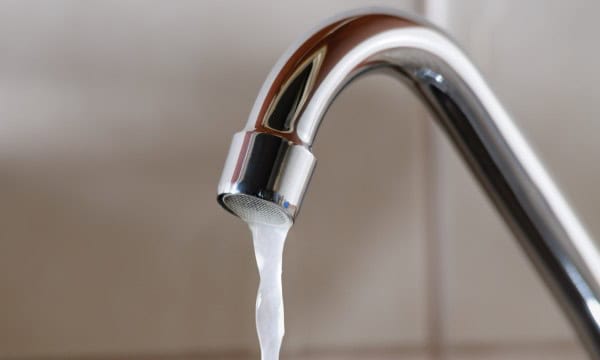For homeowners, it is frustrating to have low water pressure. You may be one of those who may find it hard to get a decent shower. Washing the dishes and clothes may also take forever without the proper supply of water.
If you have low water pressure at home, we will discuss tips on how to address this problem.


Reasons for Low Water Pressure
Before the solutions, let us first discuss the reasons behind low water pressure.
In a house, the standard pressure of water is 50 psi (pounds per every square inch). A lower than 40 psi plus low pressure from faucets affect the water supply.
To address the underlying reasons, we have to check certain things. Is the problem only for one fixture? Or for all your water faucets? If the problem is only found in one specific faucet, then is easier to solve. If the problem is across all faucets, then check the main source of water supply.
There are normally two sources of water supply. These are the municipal water system supply and underground well system. For urban areas, the source of water is usually the municipal water system. Whereas, for rural, it can be both. In rural though, many still use underground well systems for their water needs.
If the water source is the municipal water system, the usual problem is old and corroded pipes. These can cause low water pressure. But this issue is harder to address because it involves heavy work on the part of the water provider.
For water supply using an underground well system, the problem may be easier to address. You don’t need to wait. You can act on it immediately.
As mentioned earlier, a low water supply problem with one faucet is easy to solve.
For example, the cause of clogged water heaters may be the accumulation of sediment. You can fix it by cleaning. It is best to flush water heaters at least once a year. If not done, it may result in blockages of the water outlet and inlet. Clean it by emptying and disconnecting all the pipes.
To do so, the first step is to train the water tank by closing the inlet and opening outlet. Pour one gallon of vinegar through the opening of the pressure-relieving valve. Refill the hot water tank. Leave it for 24 hours.
Vinegar helps dissolve the scale in the tank. You can use vinegar in other faucets. Scale can build up in any faucet valve or aerator. What you can do is to unscrew and remove the aerator. Soak it in vinegar and leave it overnight.
You can also try adjusting the pressure regulator at home. If you are using well, check the pump gauge.
Another solution is to call a professional Plumbers Perth to replace faulty fixtures and pipes.
Before concluding your problem is the main water supply from the municipality, check first. Go to every faucet and compare the water supply. Also, see if the low water supply is all day and all night.
You can check the regulator usually found after the main water meter. Try adjusting the regulator and see if it can affect your water pressure. Make sure you check the water pressure and do not adjust it excessively. You can use a water pressure gauge to guide you.
After this is to check the pressure reading. If pressure is lower than 40 psi, open the pressure regulator until it reaches 50 psi.
Another way is to use a pile wrench in adjusting the regulator. The pressure can increase but it should not go above 60 psi. Find the nut on top of the regulator. Turn that nut clockwise. This will increase pressure.
If you still experience problems despite all efforts, talk to your neighbors. Ask them if they are experiencing the same concern. If they are, then you know this is not an isolated case in your home. Hence, if all else fails, time to report to your municipal water provider.
The well underground system uses a pressure tank in supplying water. A bladder or diaphragm found in the tank ensures that the underground water is not pumped from the air. Another pump pressurizes the water inside the tank.
Low water pressure from a tank can be due to several factors. These include ruptured broken bladder or damaged seal within the pump. It can also be other issues that affect the overall cycle of pumping water.
Another reason for low pressure is an incorrectly set pump switch. You can adjust the water pressure gauge.
One way to do this is to check whether the pump’s circuit breaker has tripped. If it did not trip, try adjusting the cut-out and cut-in points of the switch.
Secondly, if you hear the pump runs continuously yet there’s no increase in water, the tank or pump may be damaged. It may need repair or replacement.
Don’t forget to switch off the circuit breaker for safety reasons. Hope all these tips help you deal with your low water pressure issues. If you are not sure on what to do, the best thing to do is to call professional Plumbers Perth. Calling an expert can help you deal with your low water pressure faster and safer.
This website uses cookies.